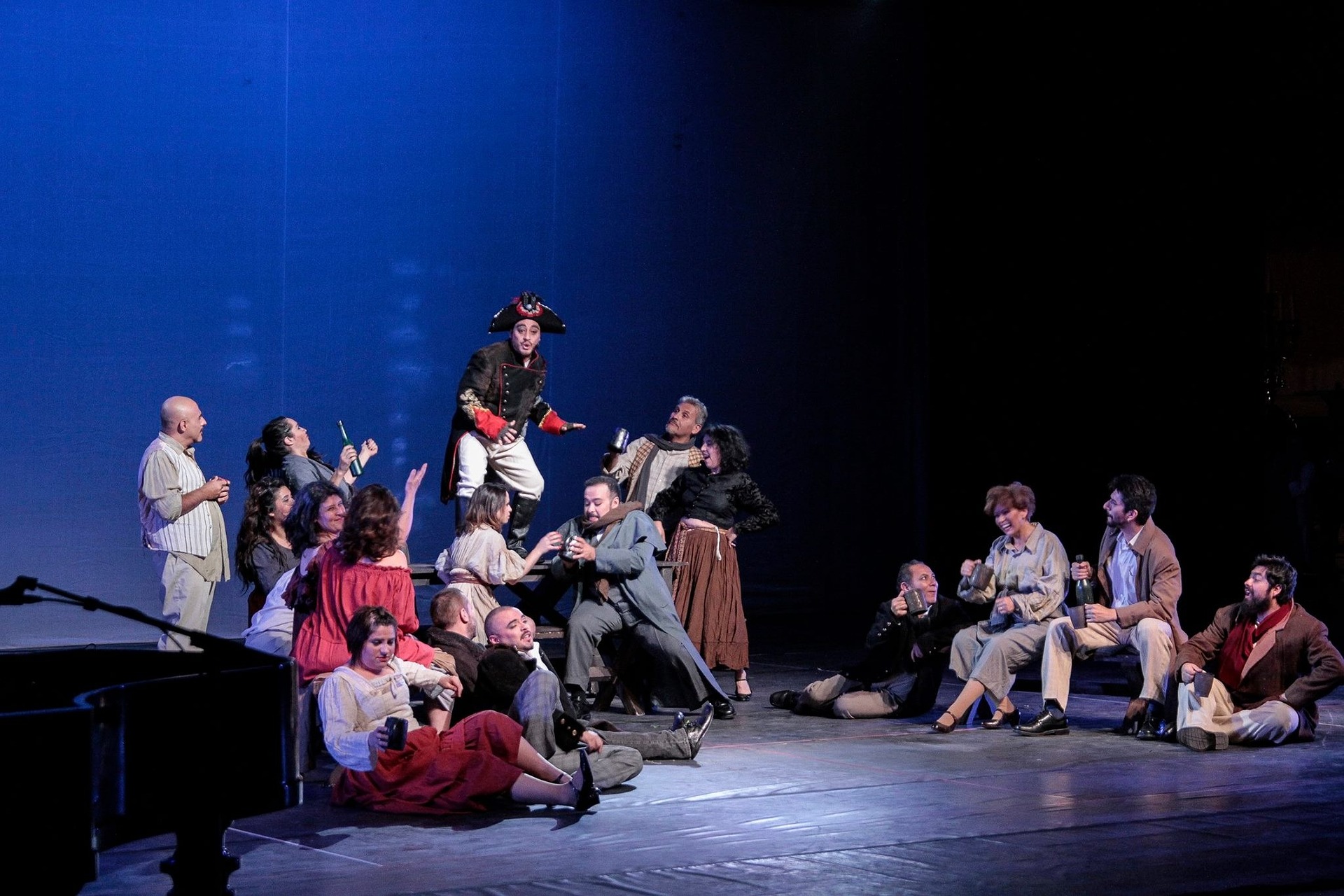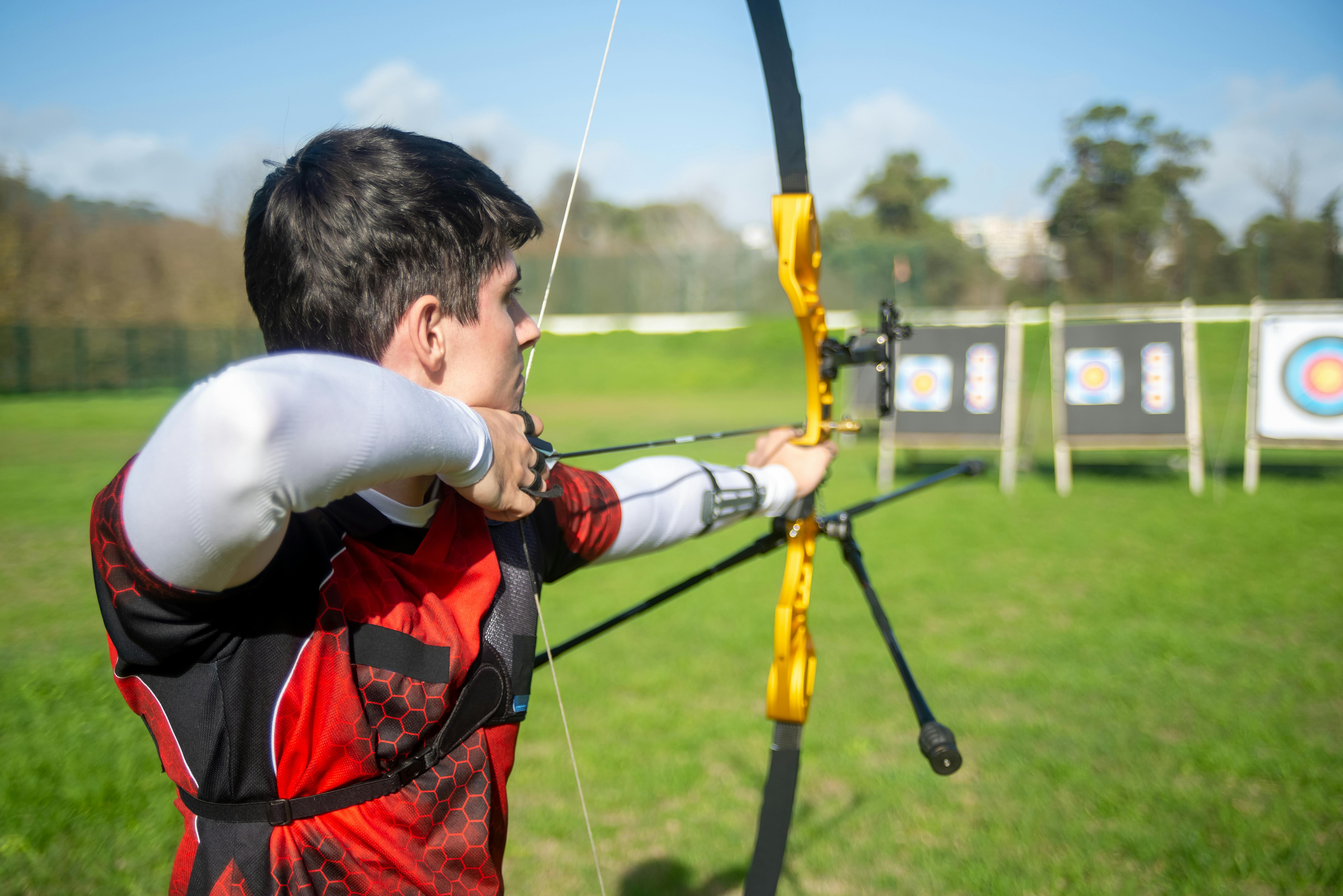Breaking Barriers: The Ascendancy of Augmented Reality in Performing Arts
In the world of performing arts, the use of augmented reality (AR) is revolutionizing the way we experience and interact with the stage. As the boundary between the virtual and physical world becomes increasingly blurred, artists and performers are leveraging this innovative technology to create immersive and engaging experiences. This article delves into the rise of AR in performing arts, examining its historical evolution, current trends, and the potential impacts on the industry.

The Inception of AR in Performing Arts
Augmented reality technology, which superimposes computer-generated images onto the real-world environment, has been around since the 1960s. However, it was not until the 21st century that it began to make significant inroads into the world of performing arts. It started with simple applications, like providing audiences with additional information about the performance in real-time. However, as technology advanced, artists began using AR to create more immersive and interactive experiences.
Current Trends in AR Performing Arts
Today, AR has evolved into a dynamic tool for storytelling. Dance companies, theatre troupes, and music festivals are using AR to augment their performances and create multi-sensory experiences that blur the line between audience and performer. For example, some theatre productions now use AR to project virtual sets onto the stage, allowing for seamless transitions and a greater sense of immersion. Others use AR to provide audiences with interactive elements, like digital programmes that can be accessed through smartphones.
The Impact of AR on Performing Arts
The use of AR in performing arts has significantly broadened the possibilities for creative expression. It allows artists to incorporate elements that would be impossible or impractical in a traditional setting. This has led to the creation of performances that are more immersive, interactive, and engaging.
Moreover, AR has the potential to democratize access to performing arts. By leveraging the power of smartphones, performances can be enjoyed from anywhere in the world, breaking down geographical barriers and making arts more accessible to a global audience.
The Future of AR in Performing Arts
While the use of AR in performing arts is still in its infancy, the potential for growth is enormous. As technology continues to advance, we can expect to see more innovative applications of AR in the performing arts industry.
Critically, the COVID-19 pandemic has accelerated the adoption of AR in performing arts. With physical performances cancelled or restricted, many artists and companies have turned to AR to continue engaging with their audiences. As a result, we can expect to see a greater emphasis on virtual and augmented performances, even as the world returns to normal.
A New Era for Performing Arts
The rise of AR in performing arts signifies a new era of creative expression. By harnessing the power of technology, artists can push the boundaries of their craft and create experiences that are more immersive and engaging than ever before. As AR technology continues to evolve, we can only imagine the exciting possibilities it will bring to the world of performing arts.
In conclusion, the integration of AR into performing arts is no longer a futuristic concept, but a present-day reality. Its impact is undeniable and its potential, limitless. As we move forward, the boundaries between the virtual and the physical will continue to blur, creating a new paradigm for what is possible in the world of performing arts.





